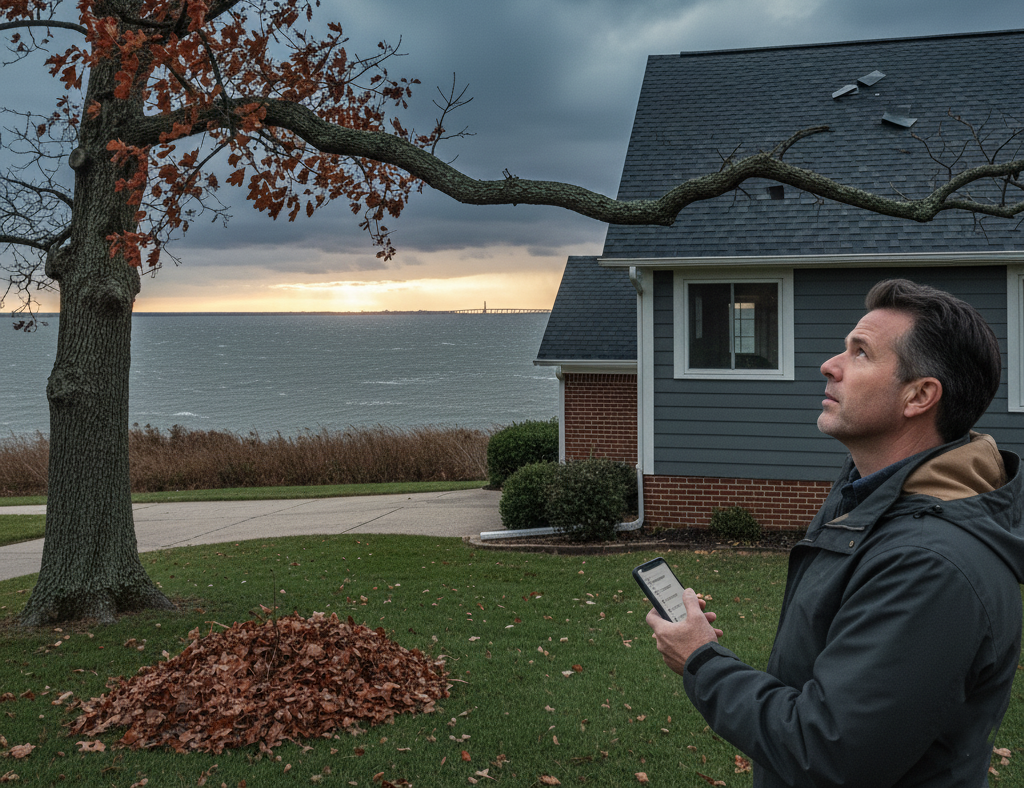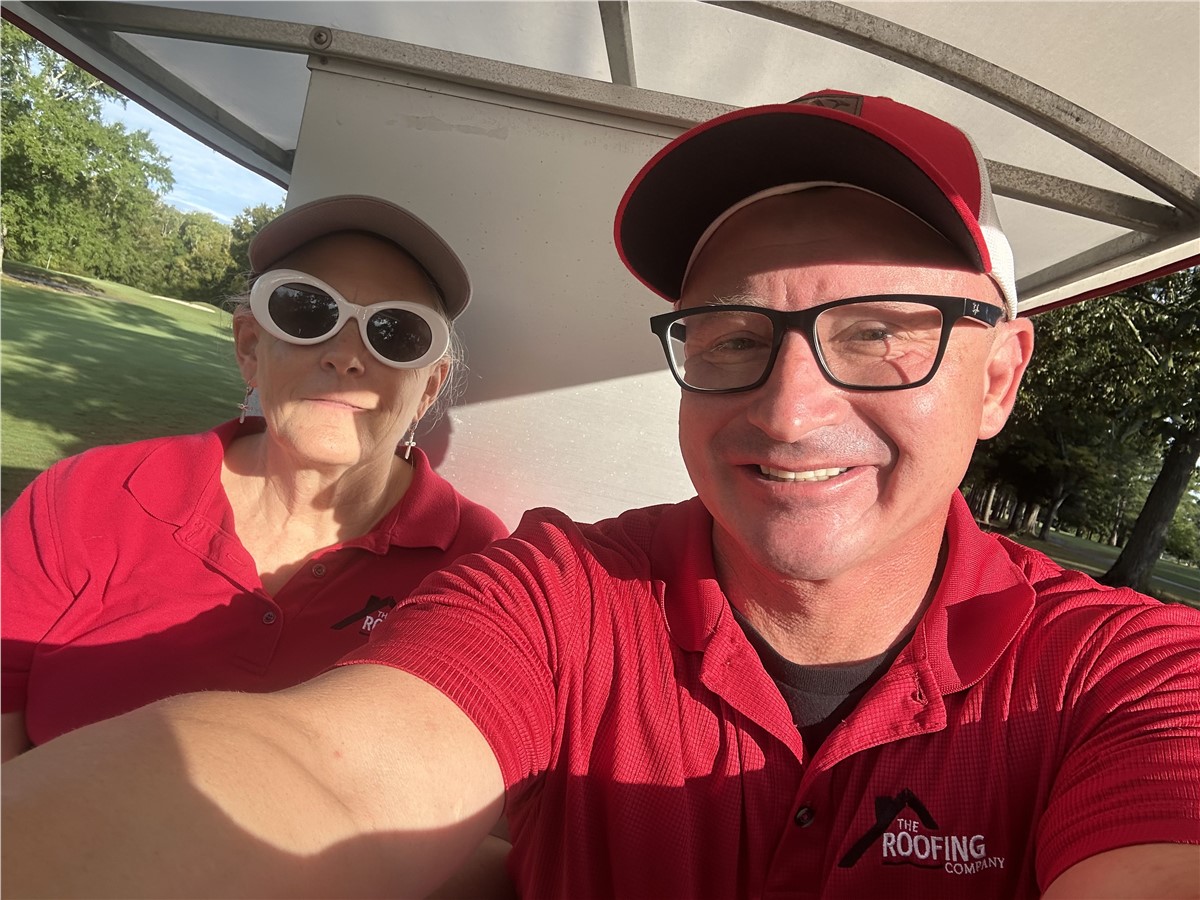
Disaster Family Emergency Planning Before Tornadoes, Floods, Hurricanes, Tsunamis, Earthquakes, and Wildfires
Any of these natural disasters can leave your home or community devastated. It is crucial to have an emergency disaster plan in place to ensure your family's safety, and the ability to communicate and reconvene when the danger has passed.
When identifying a local convening spot, consider somewhere central that everyone knows, such as a local store where you can stock up on food and supplies. Additionally, have a regional meeting area in case your town is evacuated.
Long-distance calls often work when local calls don't, so designate an out-of-state family member as your call check-in point. Everyone in crisis should contact this family member and alert them to their location and indicate whether they're safe.
Create an emergency disaster kit that includes critical items like water, flashlights, batteries, matches, lighters, candles, maps, non-perishable food, and communications equipment like a battery-operated radio and cell phone with a phone charger. A first-aid kit, change of clothing, and a blanket for each family member are also essential. Don't forget to include an emergency supply of necessary medications and medical supplies, spare glasses and contacts, plastic utensils, baby supplies (if applicable), pet food and supplies, and personal hygiene items.
Put copies of important documents, such as insurance policies, prescriptions, identification, and bank account records, along with cash and an extra credit card, into a waterproof container.
Make sure each family member has a copy of the plan with the emergency contact person's name, address, phone, and email information. Create a wallet-sized version and laminate it. Discuss the plan with the family regularly, and particularly before a large storm is coming.
Surviving a natural disaster is all about preparation. Don't leave your family's safety to chance.
Stay tuned for part two, where we'll cover what to do after the storm has passed.
Subscribe to The Roofing Company's Blog










Comments